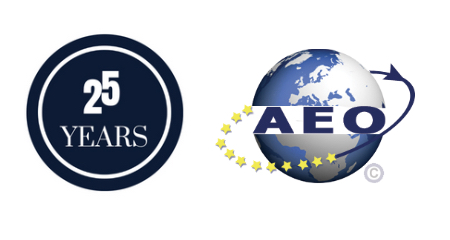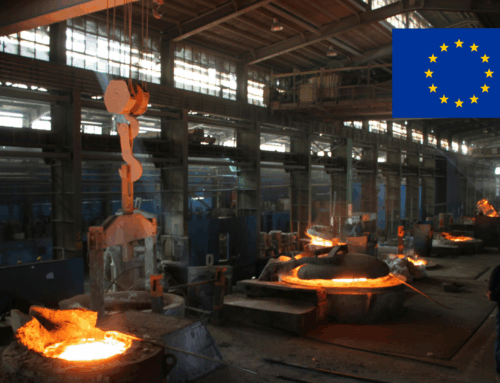The European Commission has presented two reports that could pave the way for a Europe-wide strategy for the permanent removal of carbon dioxide. In addition to an overview of the state of the art in the technologies used for this purpose, a model for a joint procurement programme is also discussed.
The goal
The EU defines carbon dioxide removal (CDR) as any measure that stores carbon for centuries or longer – whether in geological formations, in the soil, in the ocean or in long-lasting products. Unlike short-term sinks such as afforestation, these processes are considered indispensable for offsetting unavoidable residual emissions. The goal is to permanently remove at least 114 million tonnes of CO₂ annually by 2050 – however, global capacity currently stands at only around 0.125 million tonnes.
Market overview: technologies and costs
The report ‘Carbon Removals in the EU’ lists over 300 ongoing CDR projects. The use of biochar is particularly well developed, with a technology readiness level of between 6 and 9. In contrast, processes such as direct air capture (DACCS) or mineralisation are still in the pilot phase (readiness level 4–6). There are also considerable cost differences: while biochar currently costs between 80 and 250 euros per tonne of CO₂, the prices for DACCS range from 450 to 1,250 euros per tonne. According to an analysis by McKinsey, the market volume for CO₂ removal in Europe could grow to as much as €1.1 trillion by the middle of the century. Germany, Sweden and the Netherlands are among the pioneers in project development. Obstacles include high capital costs, limited availability of biomass, lack of storage infrastructure and insufficient financing options.
Proposals for an EU-wide procurement programme
To give companies investment security, the second report, ‘An EU Purchasing Programme for Permanent Carbon Removals,’ outlines various options. Particular emphasis is placed on a possible EU Removals Fund, which would specifically purchase CO₂ removal, support various technologies and mobilise private capital. A central procurement agency and a joint buyers’ club were also proposed. In the longer term, more complex structures such as a Carbon Central Bank or an investment vehicle within the European Investment Bank are also being considered – however, these involve high start-up costs.
Political viability and connection to the ETS
The EU Removals Fund is considered particularly practical, as it could be implemented more quickly than more complex concepts. Unlike the Innovation Fund, which primarily finances the development of new technologies, this instrument is designed to generate demand, define standards and shape market conditions. The studies also point to the option of a strategic link with the EU Emissions Trading System (ETS). In the long term, certificates for CO₂ removal could be integrated into the ETS, which would strengthen private demand and gradually embed the measures in climate policy. However, a procurement programme would still be necessary to achieve net negative emissions.
Funding requirements until 2030
Investments of between €2.4 billion and €6.7 billion are expected to be required to achieve the interim target of five million tonnes of permanently sequestered CO₂ by 2030. Funding is to come from various sources, including EU budget funds, contributions from Member States and private funds. Various instruments are planned, such as auctions, advance purchase agreements and long-term purchase contracts, to secure the necessary capital.
Source: DIHK (in German)






